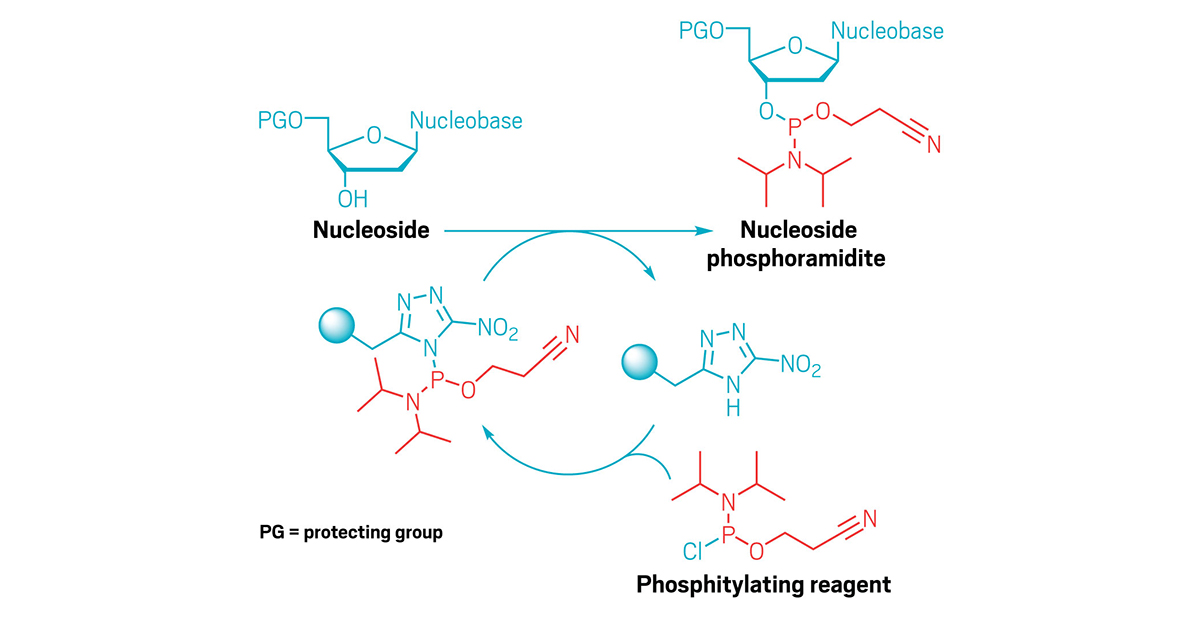

"Therapeutic potential of uracil and its derivatives in countering pathogenic and physiological disorders".
^ Ramesh, Deepthi Vijayakumar, Balaji Gowrivel Kannan, Tharanikkarasu (December 2020). Also, a plausible prebiotic process for synthesizing pyrimidine and purine ribonucleosides and ribonucleotides using wet-dry cycles was presented by Becker et al. demonstrated the direct condensation of nucleobases with ribose to give ribonucleosides in aqueous microdroplets, a key step leading to RNA formation. RNA is composed of purine and pyrimidine nucleotides, both of which are necessary for reliable information transfer, and thus Darwinian natural selection and evolution. Molecules as complex as RNA must have arisen from small molecules whose reactivity was governed by physico-chemical processes. According to the RNA world hypothesis free-floating ribonucleosides and ribonucleotides were present in the primitive soup. In order to understand how life arose, knowledge is required of the chemical pathways that permit formation of the key building blocks of life under plausible prebiotic conditions. DNA polymerases cannot distinguish between these and regular deoxyribonucleotides, but when incorporated a dideoxynucleotide cannot bond with the next base and the chain is terminated. These nucleotides possess the non-canonical sugar dideoxyribose, which lacks 3' hydroxyl group (which accepts the phosphate). In sequencing, dideoxynucleotides are used. These analogues include locked nucleic acids (LNA), morpholinos and peptide nucleic acids (PNA). This is achieved by using a different backbone sugar. Due to the low stability of RNA, which is prone to hydrolysis, several more stable alternative nucleoside/nucleotide analogues that correctly bind to RNA are used. In molecular biology, several analogues of the sugar backbone exist. They are administered as nucleosides since charged nucleotides cannot easily cross cell membranes. These compounds are activated in the cells by being converted into nucleotides. The viral polymerase incorporates these compounds with non-canonical bases. In medicine several nucleoside analogues are used as antiviral or anticancer agents. In addition, nucleotides can be broken down inside the cell into nitrogenous bases, and ribose-1-phosphate or deoxyribose-1-phosphate. The nucleosides, in turn, are subsequently broken down in the lumen of the digestive system by nucleosidases into nucleobases and ribose or deoxyribose. Nucleosides can be produced from nucleotides de novo, particularly in the liver, but they are more abundantly supplied via ingestion and digestion of nucleic acids in the diet, whereby nucleotidases break down nucleotides (such as the thymidine monophosphate) into nucleosides (such as thymidine) and phosphate. For example, when discussing long nucleobase sequences in genomes, the CATG symbol system is much preferable to the Cyt-Ade-Thy-Gua symbol system (see Nucleic acid sequence § Notation for examples), but in discussions where confusion is likelier, the unambiguous symbols can be used. 
The reason for 2 symbols, shorter and longer, is that the shorter ones are better for contexts where explicit disambiguation is superfluous (because context disambiguates) and the longer ones are for contexts where explicit disambiguation is judged to be needed or wise. List of nucleosides and corresponding nucleobases Nucleotides are the molecular building blocks of DNA and RNA. In a nucleoside, the anomeric carbon is linked through a glycosidic bond to the N9 of a purine or the N1 of a pyrimidine. A nucleoside consists simply of a nucleobase (also termed a nitrogenous base) and a five-carbon sugar ( ribose or 2'-deoxyribose) whereas a nucleotide is composed of a nucleobase, a five-carbon sugar, and one or more phosphate groups. Nucleosides are glycosylamines that can be thought of as nucleotides without a phosphate group. The line-angle molecular representation implies carbon atoms at each angle, each with enough hydrogen atoms to fill its four-bond valency. Let's imagine that we want to design a nanomachine/nanobot that would conduct transcription.Two corresponding nucleosides, the deoxyribonucleoside, deoxyadenosine, and the ribonucleoside, adenosine.

We'll see that using some basic logic allows us to infer many of the important questions and things that we need to know in order to properly describe the process. Let us first consider the tasks at hand by using some of our foundational knowledge and imagining what might need to happen during transcription if the goal is to make an RNA copy of a piece of one strand of a double-stranded DNA molecule. Listing some of the basic requirements for transcription






 0 kommentar(er)
0 kommentar(er)
